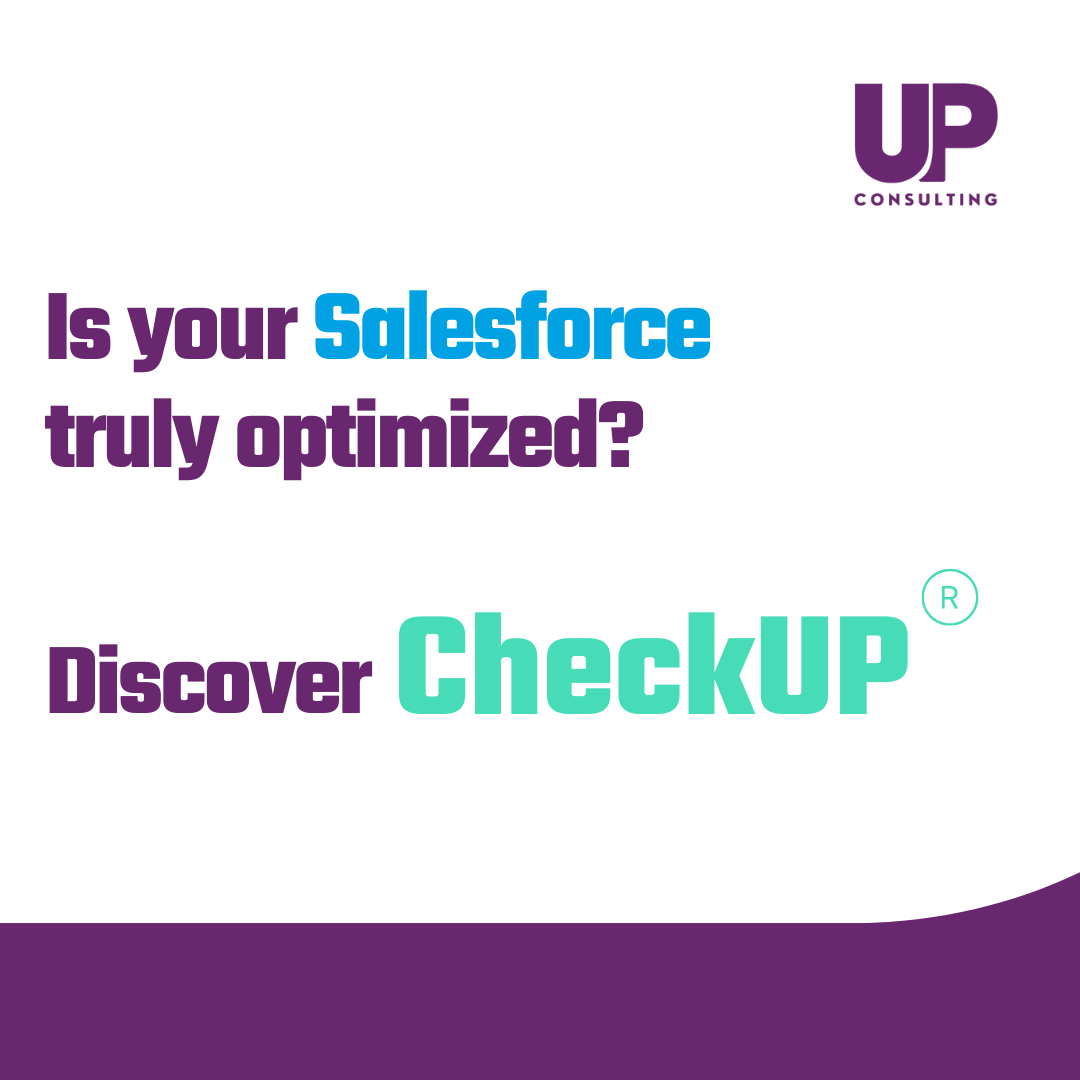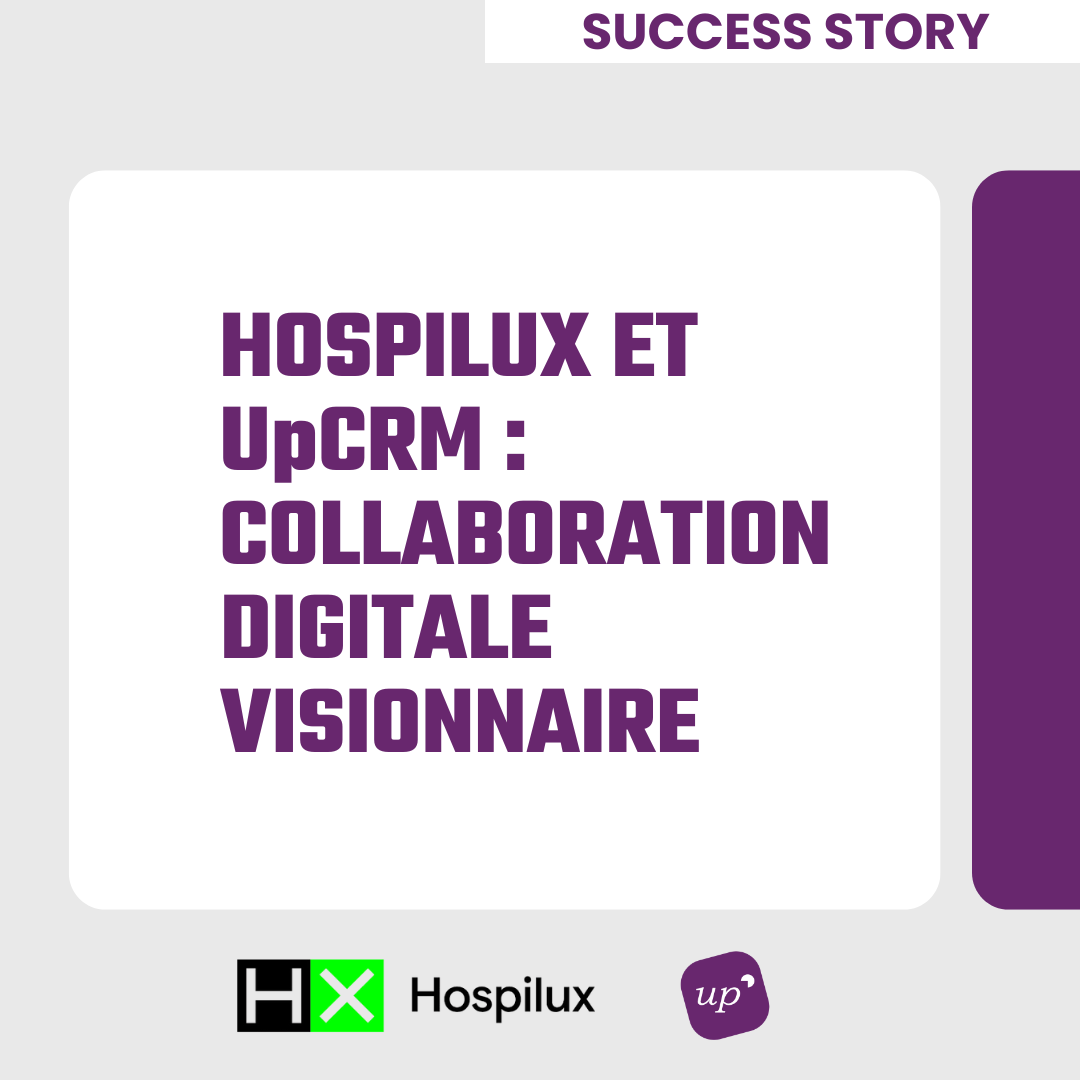Salesforce has shared very good advice on how to improve organization and user’s adoption on his platform. Please find below our summary of this blog post.
1 – Prepare for change management
You must prepare your operating model and establish a change management plan. This will help your team to understand the vision of how your implementation of Salesforce will work. You can also find leaders of change with some keys questions: Who are the people that will use the product on a daily basis? How do people want to learn about these changes? Who are the users that are going to champion this change? No change management plan is complete without a communications strategy and a natural cadence that benefits users.
To measure the change, Salesforce has prebuilt adoption dashboards available on the AppExchange. This is a great way to identify your naysayers and track your progress toward more new power users.
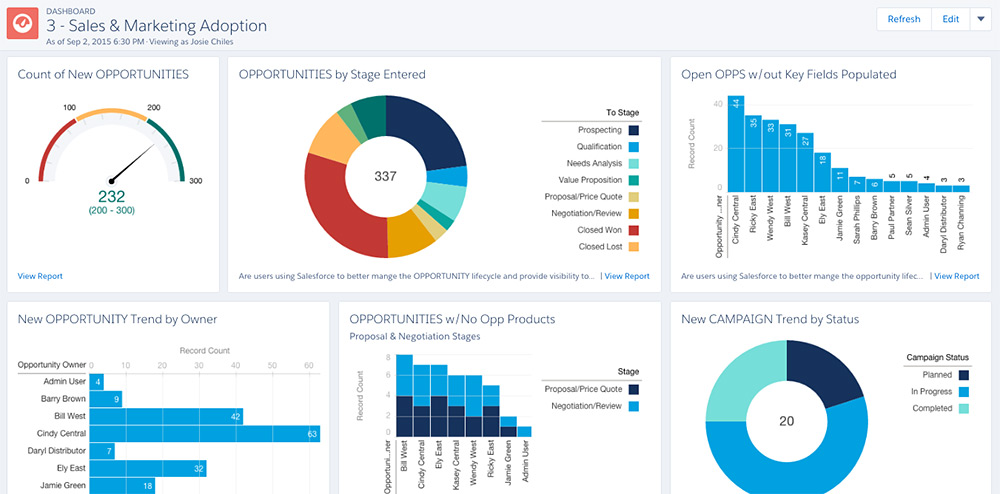
Change Management – Salesforce Dashboard
2 – Demonstrate leadership buy-in
Once you’ve outlined a change management plan and begun your implementation, the next step is having leadership help support this change by demonstrating adoption from the top-down. Make sure your leadership team understands the strategic value of Salesforce.
Opt for using Salesforce in meetings, especially when it comes to reviewing analytics, looking at a pipeline with your team, or pulling up a dashboard to look at data together. By leading meetings from Salesforce, you enforce the importance of using it.
3 – Know your end users
You can’t expect your users to embrace change and use something to do their job if it was designed by someone who doesn’t know how to do that job. This is a three-step process that includes Interviewing, Observing, and Co-Designing your solution with your users. Listen to what your users need, determine how their day-to-day with the product differs across user functionality, and work together to address any issues with the current model.
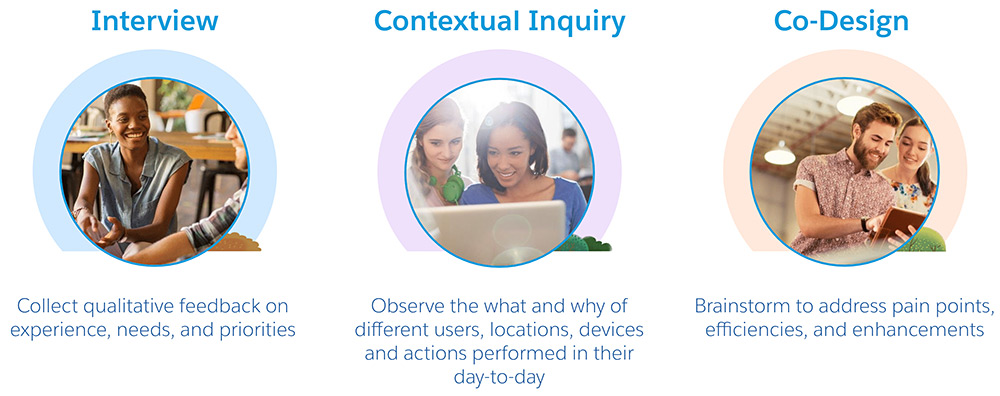
Know your end-users & co-develop with them
4 – Commit to simplicity
Always, commit to simplicity! One of most common issues we see with adoption comes from companies configuring Salesforce with dozens of required fields for whatever the task at hand may be.
We built Salesforce to be simple and seamless for each and every one of your users. So before you think about all the ways to customize, first take a look at the out-of-the-box technology. And, always think simplicity first. If something in your process isn’t helping to support your users, it’s time to rethink it.
You can start to eliminate clutter by running Salesforce Optimizer to find reports, extra fields, unused layouts, and other things that distract users or slow performance. Then, check out the summary pages to dive deeper into the ones that matter most to you.
You can also leverage Profiles & Page Layouts, which will give each user a different look and feel based on their role, and allow them to only see the information that’s relevant to them.
Use automation to eliminate data entry. You can make things easier for your team by integrating their email into Salesforce. We have free connectors to both Outlook and Gmail. For bonus points (and ease of use), make use of our mobile app which features voice dictation.
5 – Be meaningful
Take advantage of your Salesforce investment and put everything your team needs all in one place and make it easy to access.

Bring a Meaningful & Useful application to your users
6 – Train, learn, repeat
While Salesforce is easy to use, your team needs to be properly trained in order for adoption to be easy. As they learn, they move through four psychological states until they reach a stage of unconscious competence. Continuous and ongoing learning is key for all users.
For many people today, reading through a large amount of materials is not effective. You may want to consider creating short training videos or articles focused on a particular kind of work.
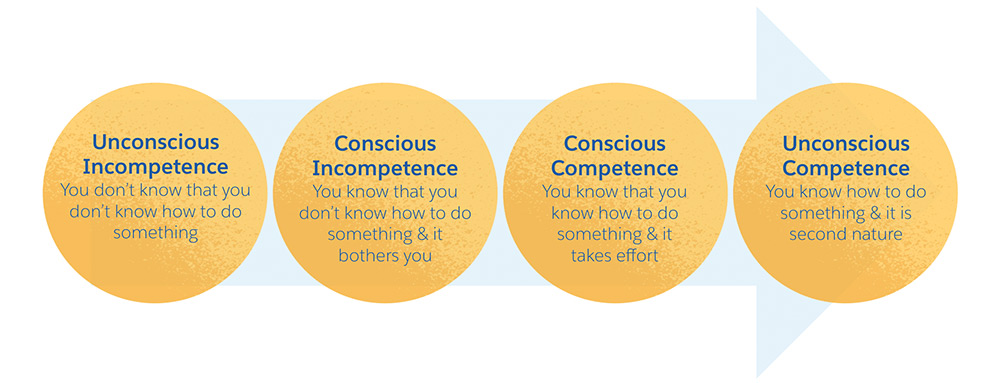
Provide a continuous training to get your users to each competence stage
To find out more about about Up CRM’s solutions : Salesforce

